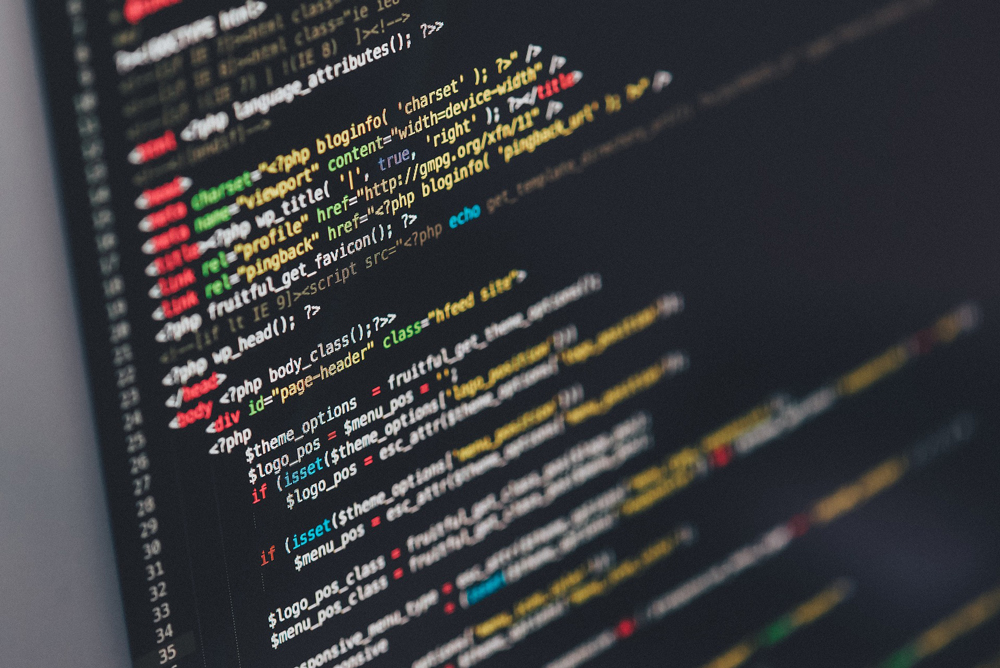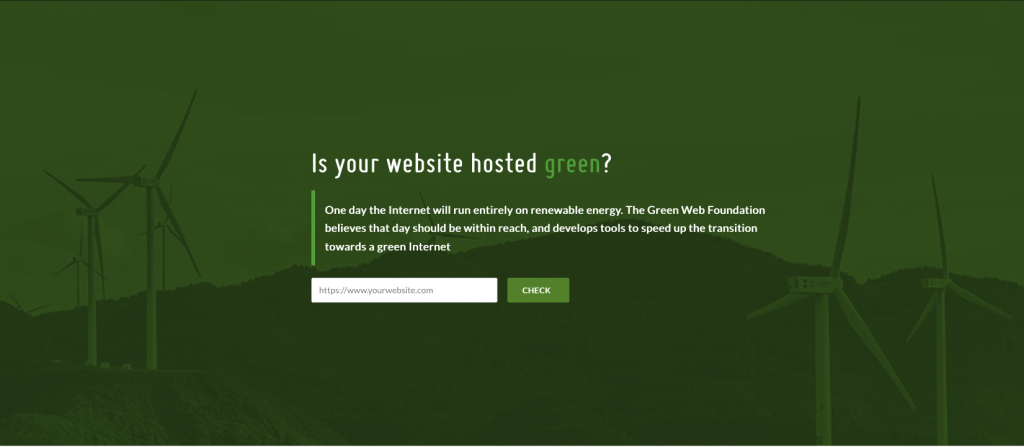The trend of Sustainable Web Design is becoming more and more popular, because the World Wide Web consumes large amounts of energy. More consistent UX design, improved SEO, more efficient code architecture and CO2-neutral hosting promise a more sustainable internet.
By Carl Friedrich Then.
Websites and apps are now fundamentally part of our everyday lives. In 2021 only, almost five billion people worldwide will have used the internet. No wonder the internet consumes large amounts of energy. Scientists at Lancaster University estimate that the World Wide Web and the associated infrastructure consume almost as much energy as all international air traffic. That is 1.8 to 2.8 per cent of the greenhouse gases emitted globally. A considerable amount, then. A large part of the energy consumed is used for streaming, sending files and storing data. Websites play a central role here, because they organise and present the immense data streams of the internet. The amount of energy consumed depends on their design. A fact on which Sustainable Web Design is based.

More and more companies are also discovering this potential for themselves, as one of the masterminds of sustainable web design, Tom Greenwood, explains: “For a long time, there was neither demand nor awareness for sustainable web design. It’s only in the last three years that we’re seeing clients asking for sustainable solutions for their websites.” As co-founder of London-based digital agency Wholegrain Digital, he has been working on making web presences more resource-efficient and low-emission since 2007. “Sustainability has become an important aspect for many organisations. It is no longer a nice-to-have, focusing mainly on recycling.” Companies today are looking for as many options as possible to implement their sustainability goals, but probably not entirely voluntarily. For not only has societal pressure grown in recent years, but new legislation such as the EU’s Corporate Sustainability Reporting Directive is also encouraging companies to become more sustainable.
User-centred through Sustainability
Even today, people do not necessarily expect top performance from ecologically sustainable products. Tom Greenwood knows these fears well: “Many of our customers are still quite unsure what to expect. They probably fear something boring or complicated at the expense of design and functionality. However, Sustainable Web Design is about implementing best practices and simplifying processes.” In this context, sustainable web design is also about getting back to the basics of an app or website: What should users be shown? What are they looking for? And how can this information or service be presented in the quickest and most compact way?
More sustainable websites therefore promise a stronger user-centred approach. Because the faster users reach their destination on the internet, the less energy is consumed. There are several ways to achieve this: First of all, the website’s findability can be improved through SEO. A clear and reduced user interface, on the other hand, enables a more targeted navigation. And dispensing with unnecessary sub-pages allows the focus to be on the essentials. So it is above all a question of checking which means are necessary at all to fulfil the purpose of a website. Content management plays an important role in this respect. Beyond the user journeys, especially the presentation and retrieval of content requires large amounts of energy. Photos, videos and other features are energy guzzlers. Here, it can be checked which content is needed at all and whether older content can be deleted.
Of course, it is also important that the various measures make sense in their specific contexts. Because not all websites are the same: Private individuals, institutions and companies use them for a wide variety of purposes. For example, different solutions make sense for online mail order companies, news sites or video platforms in order to save energy. But even small measures can reduce the consumption of apps and websites, for example by offering a dark mode, fewer cookies, fewer high-resolution images and dispensing with autoplay functions. Ideally, this reduces the data volume required for use, which shortens loading times and allows users with less powerful internet connections and devices to access content and services. Because it is often forgotten that a large part of the world’s population does not have powerful devices and powerful internet connections. This may not matter for luxury brands, but for other digital services it can be quite important, as can be seen in the example of the Google search engine. Thanks to a reduced interface, the search engine requires less data and can thus also be used by people in structurally weaker regions.

Green Hosting and Green Coding
Sustainable web design makes it clear once again that green design works best when it is built on a green infrastructure. Today, there are more and more web hosts whose data centres are powered by renewable energy. Especially globally active companies and key drivers of digitalisation such as Google, Facebook or Apple have been relying on renewable energies for years, as a report by Greenpeace shows. But other concepts are also becoming increasingly popular. For example, the waste heat from data centres can be reused as district heating. The industry association Bitkom has calculated that this measure could supply around 350,000 homes in Germany alone with hot water and heating.
The benefits of Sustainable Web Design

However, it is also primarily a matter of making the energy consumption of the World Wide Web visible at all. In many cases, it is not clear how much energy is consumed for which functions and features. Websites such as the Website Carbon Calculator or Ecograder provide more transparency here. Not only can the eco-balance of different websites be compared, but, as in the case of Ecograder, concrete weak points of a website are also shown. The Green Webfoundation platform, on the other hand, makes it possible to find out whether a website is powered by green electricity or not. The publications Designing for Sustainability: A Guide to Building Greener Digital Products and Services by Tom Frick and Sustainable Web Design by Tom Greenwood are also helpful in gaining a better overview of this still young field. Only with the appropriate perspective can savings be made in the complex and multi-layered world of the internet.
Book recommendation on the topic

Sustainable Web Design
Tom Greenwood
Paperback: 125 pages
A Book Apart, 2021
More on ndion
More articles on Design and Sustainability.
Share this page on social media:

